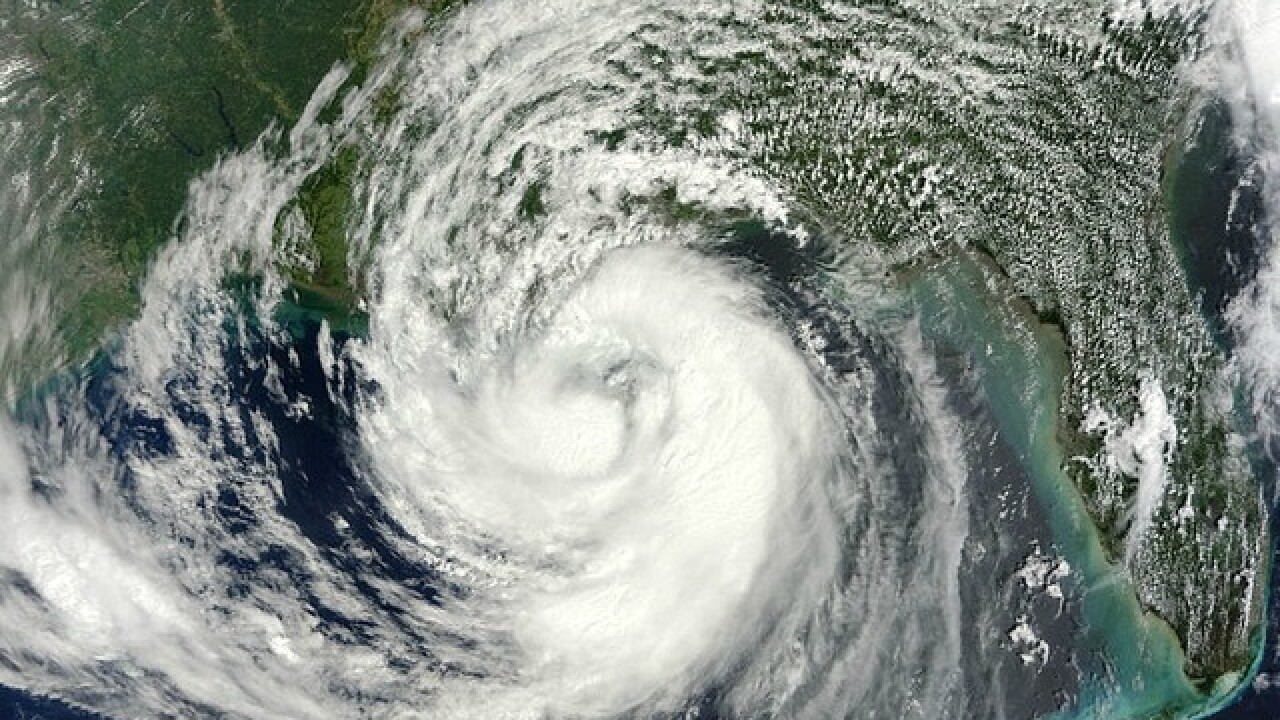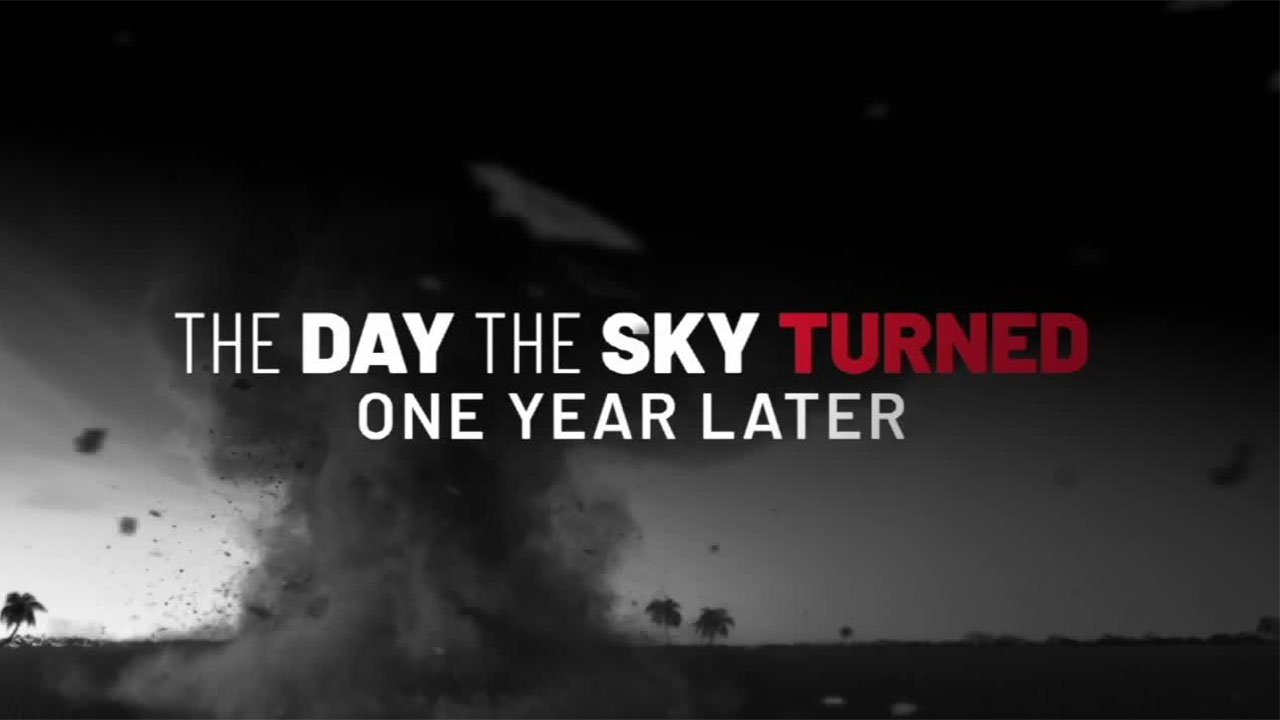WEST PALM BEACH, Fla. — Hurricane season has arrived, and now is the time to start thinking about preparations in the event a storm threatens South Florida and the Treasure Coast.
MORE: Hurricane Guide | 2021 Hurricane Survival Guide
Forecasters are already calling for an above active season but not a repeat of the historic 2020 that brought 30 named storms.
The population of Florida continues to grow and that means many residents have never endured a tropical storm or hurricane.
According to data from the Florida Department of Highway Safety and Motor Vehicles, 33,565 New York residents got Florida driver's licenses between September 2020 and March 2021.
We put together five things that new Florida residents need to know about hurricane season.
1. How long does hurricane season last?
Hurricane season starts June 1 and lasts until Nov. 30. The season peaks in August and early October as surface temperatures in the Atlantic hit their highest temperatures.
Tropical systems are fueled by the warm waters, causing more potent storms later in the year.
2. Is there a time during the summer or fall where Florida is more susceptible to tropical storms and hurricanes?
The simple answer is not really.
Tropical weather can impact Florida both in the early part of the season and the later part.
However, the majority of major hurricanes, storms that are a Category 3 and higher, have hit Florida during the months of September and October. Hurricane Andrew hit South Florida on Aug. 24, 1992.
3. Prepare Now
Tropical systems can form quickly and the rush of people packing grocery stores and hardware stores for supplies can get chaotic quickly.
Stock up now on water, batteries and nonperishable food like canned goods in case you are without power for days.
If you are already well supplied, you will be much less stressed if a storm threatens our area.
Build a kit that can sustain you and your family for three to five days.
4. Have a plan
All Florida residents should have a plan in place to keep their families, loved ones and property safe well before a hurricane strikes.
Decide now if you are going to stay in your home if a storm is approaching or if you are going to evacuate.
Know the zone you live in.
If you live in an evacuation zone, decide now where your family will evacuate, whether that is a local shelter or another area of the state. The state of Florida says in many cases, you need only move a few miles inland to avoid the flooding and storm surge.
5. Don't underestimate a hurricane's strength
Many newcomers to Florida can get complacent by the Saffir-Simpson scale which categorizes storms based on sustained wind speed.
You may often hear someone say, "Oh, the storm is only a Category 1."
Keep in mind that a Category 1 storm still brings winds of up to 95 mph, which can damage homes and down power lines and poles. Hurricane Irma brought Category 1 winds to Palm Beach County in 2017, causing some residents to be without electricity for a week or more.
Also, the category level does not factor in the amount of rain that a storm could bring and the possibility of flooding.






